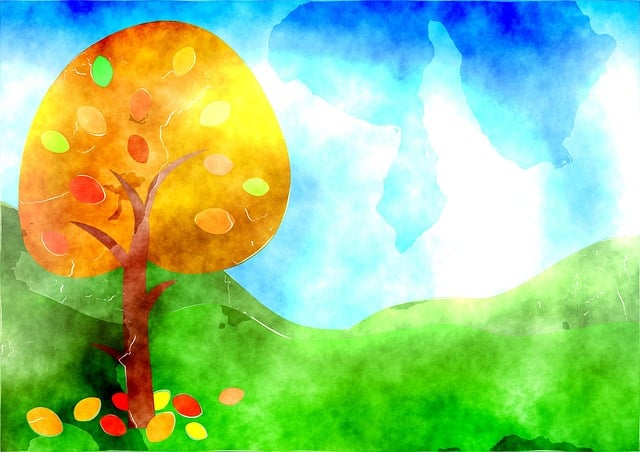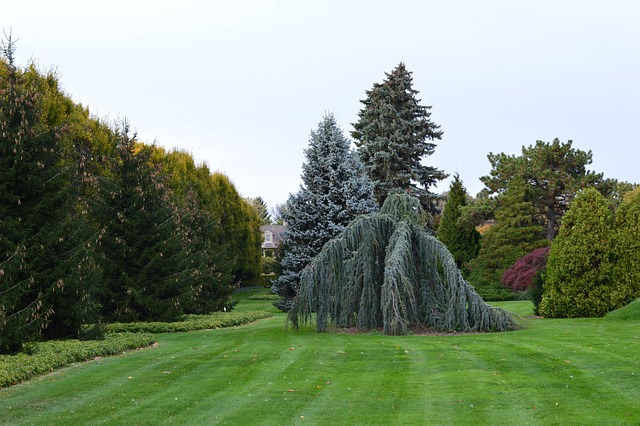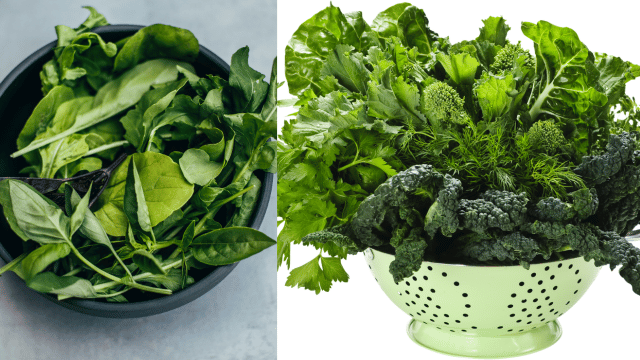The fall season is enchanting, with the landscape painted in brilliant hues and the fresh, cool air filling our lungs. In addition, gardens are overflowing with a plentiful crop of fruits and vegetables during this season of plenty. Growing your own food is incredibly satisfying, and fall gardening presents a special chance to create a sensory extravaganza. I’ll reveal the techniques in this post for improving your fall garden and arranging your plants to create a gorgeous arrangement that will result in a delectable fall harvest feast.
Benefits of Growing Your Own Fall Harvest Feast
In addition to providing you with excellent, fresh vegetables, growing your own food has many other advantages. Above all, it gives you total control over the growing process, meaning that there are no dangerous chemicals or pesticides in your food. Furthermore, gardening is a fantastic kind of physical activity that enhances both mental and physical health. It also fosters a meaningful connection between humans and the natural world by imparting important lessons about sustainability and self-sufficiency. Savouring the taste of homemade deliciousness, you can get these benefits from growing your own fall harvest feast.
Essential Tools and Equipment for Autumn Gardening
In order to design a good autumn garden, you need to be equipped with the appropriate tools and equipment. Your hands will be shielded from thorns and other potential threats by a strong pair of gardening gloves. Having a good pair of pruning shears is crucial to keeping your plants healthy and shaped. A rake is good for leveling the ground and gathering leaves that have fallen, while a garden fork can help you remove weeds and loosen the soil. Furthermore, a hose or watering can fitted with a spray nozzle will guarantee that your plants get the right amount of water. Investing in these basic items will prepare you to take on the tasks associated with autumn gardening.
Choosing the Perfect Plants for a Bountiful Fall Harvest
It’s crucial to select plant species that do well in lower climates for your autumn garden. Leafy greens are great since they can tolerate frost and keep producing well into fall. Some examples of these greens are kale, spinach, and lettuce. Additionally excellent choices include root vegetables like radishes, beets, and carrots since they store well and may be gathered all year long. Cruciferous vegetables are also a healthy complement to your autumn harvest feast because they are cold-hardy and include Brussels sprouts, cauliflower, and broccoli. You can guarantee a plentiful harvest that will satiate your palate and your desire for a sustainable lifestyle by selecting the ideal plants for your autumn garden.
Planting and Caring for Autumn Vegetables and Fruits
Planting and caring for your autumn garden correctly is crucial to its success. To increase the fertility of your soil, start by prepping it, pulling weeds, and adding organic matter. Plant in accordance with each variety’s planting guidelines, allowing space between each plant based on its unique requirements. Whenever you water your garden, try to give it a thorough soak as opposed to doing it often and superficially. You can prevent weed growth and assist preserve moisture by mulching the area around your plants. As your plants grow, keep an eye out for pests and diseases and take the necessary precautions to keep damage from occurring. You can ensure a bountiful and nutritious harvest by giving your fall fruits and vegetables the attention they require.
Companion Planting for a Thriving Autumn Garden
To promote growth and ward off pests, companion planting is a strategy in which complementing species are planted together. Certain plants are naturally affine to one another and can benefit from being planted close together in an autumn garden. For instance, marigolds are a great partner for many vegetable kinds because they are known to repel dangerous insects. Herbs like dill and basil can draw helpful insects that feed on pests in gardens. Your autumn garden can become a vibrant ecosystem that fosters plant growth and productivity by implementing companion planting.
Tips for Extending the Growing Season in Colder Climates
A shorter growing season can be an issue if you reside in a colder area. But you can make your garden last well into the fall if you use the proper methods. Using row covers or cold frames to shield your plants from frost and cold weather is one practical way to do this. By enclosing your plants in a microclimate, these structures insulate and retain heat. Growing cold-tolerant cultivars, which can endure lower temperatures and still yield, is an additional choice. Mulch is another option to protect your plants’ roots and insulate the soil. You may extend your growing season and increase the produce of your autumn garden by putting these recommendations into practice.
Harvesting and Storing Your Autumn Bounty
It is crucial to gather your fall harvest when the produce is still at its freshest. It’s important to become familiar with the individual harvesting standards for each species of vegetable and fruit as they exhibit varying signals of readiness. To cut your food, use a knife or sharp scissors, being careful not to harm the plants. To preserve their flavor and quality after harvest, fruits and vegetables need to be stored carefully. Certain produce, such as winter squash and apples, can be kept for a long time in a cold, dry environment. Certain foods, such as leafy greens, are best eaten fresh and should be eaten shortly after being harvested. By following these guidelines, you can enjoy the fruits of your labor for weeks and even months after your autumn garden has been harvested.
Delicious Fall Recipes Using Homegrown Produce
Making delectable dinners with your fresh produce is one of the best things about cultivating your own fall harvest feast. There are many ways to enjoy the flavors of autumn, from robust soups and stews to aromatic roasted veggies. With recently picked squash, try creating a butternut squash soup or roasting a mix of root vegetables for a filling side dish. Try varying the herbs and spices you use to improve the flavor of your food. Don’t forget to spread the love of locally produced goodness by sharing your culinary masterpieces with loved ones. You may genuinely rejoice in the bounty of the fall season by using your own food in your meals.
Conclusion
Fall gardening is a gratifying and fulfilling activity that lets you appreciate the results of your labor and establish a connection with the natural world. You can have a flourishing autumn garden by selecting plants that will yield an abundant fall crop, planting and tending to them with diligence, and using companion planting and other strategies. In colder climates, extend the growing season; carefully harvest and store your autumn produce; and relish fall flavors with recipes made from scratch. Autumn gardening provides a chance to improve your garden and produce a feast that will nourish your body and soul, regardless of your level of gardening experience. Now roll up your sleeves, get your gardening supplies, and get ready to add the ideal plants for an abundant fall harvest feast to your autumn garden.


